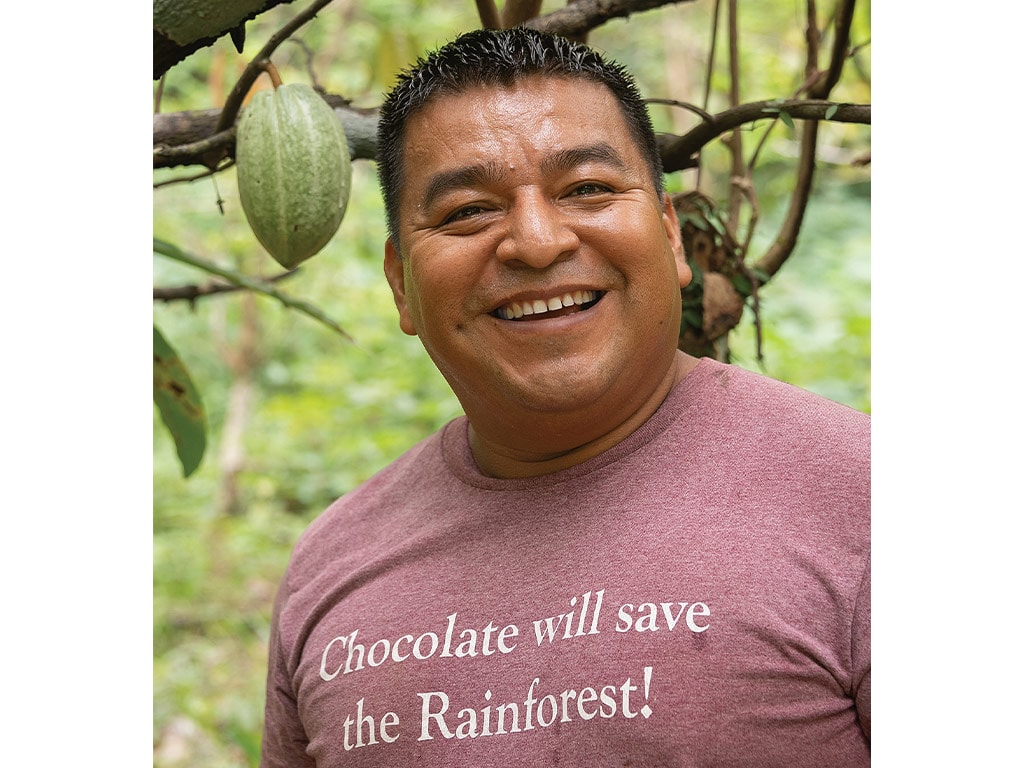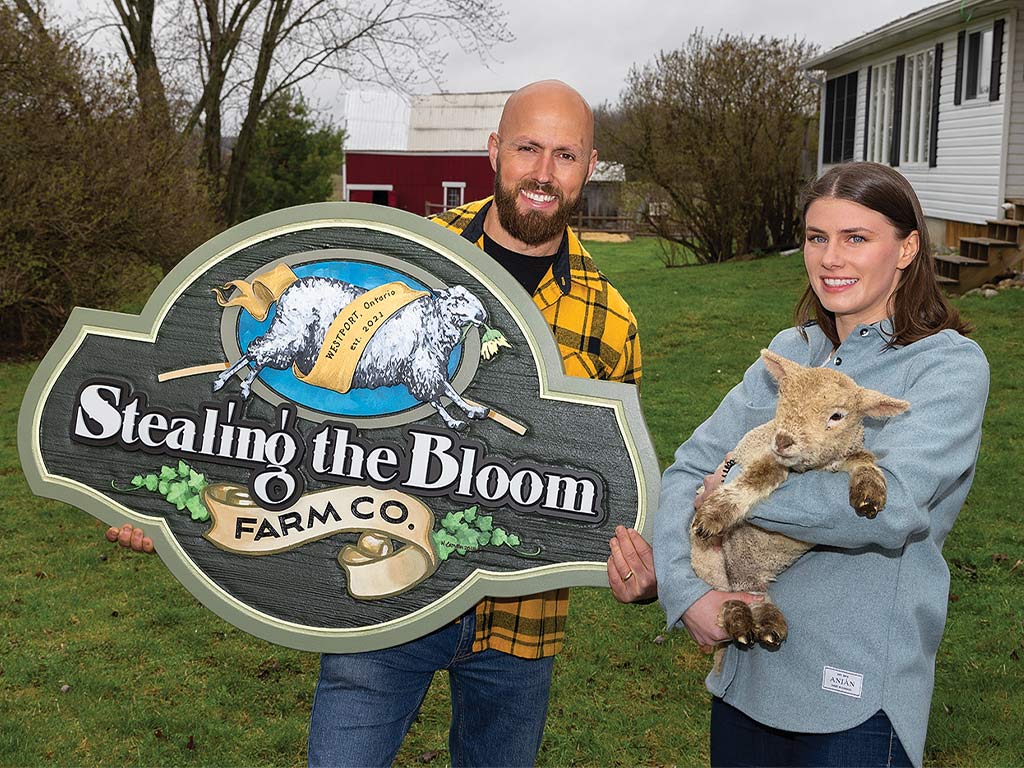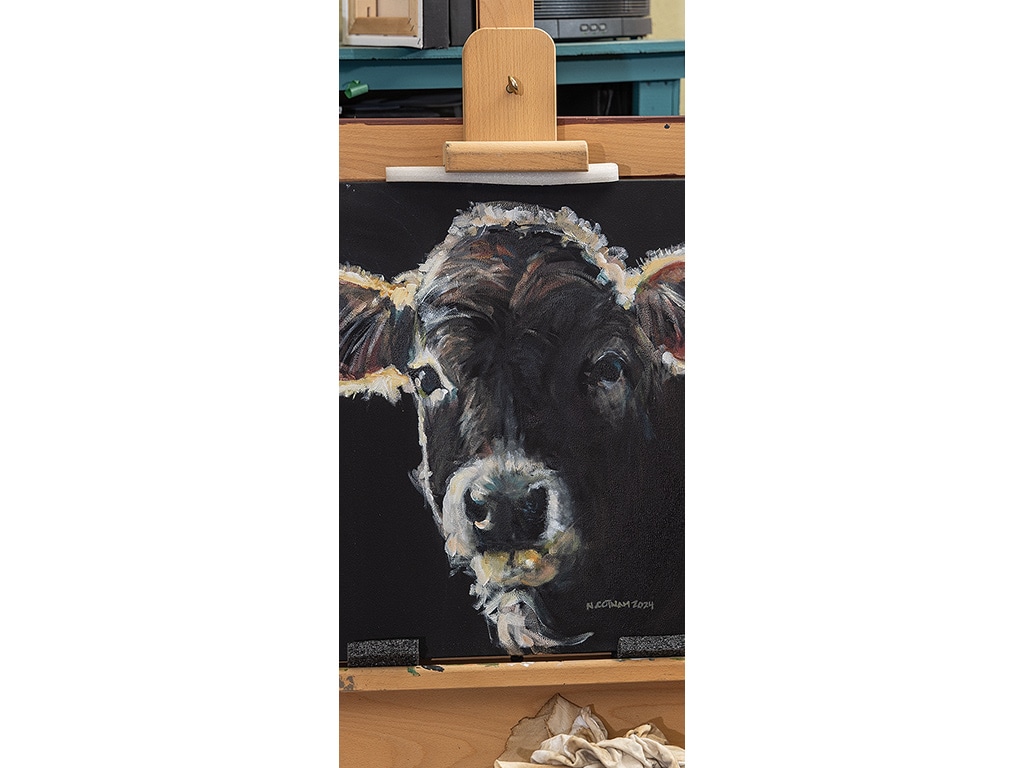Rural Living September 01, 2024
More Than a Name
Farm signs highlight your identity.
by Lorne McClinton
Are we there yet? Finding the right address in rural Canada isn't always easy for locals. For tourists already uncomfortable with navigating rural backroads it can be a nightmare. GPS apps on phones only get you so far. So, if you're building an agritourism venture it's critical that customers can tell at a glance that they've arrived at the right place.
Heidi and Matthew Telfser never planned to launch their agritourism business, Stealing the Bloom Farm Co. (www.StealingtheBloom.ca) when they bought their 7-acre farm near the resort community of Westport, Ontario, in 2021. Their goal was to raise sheep and cattle, as well as chickens and vegetables for their own consumption. But they soon discovered that there was such a big demand for local, farm fresh eggs that they decided to open a small roadside stand to get paid to raise their own eggs.
We are here. "It was so popular we figured there was an opportunity to branch out more and sell meat, produce, vegetables, and cut flowers to locals and visitors to the area," Matthew says. "We also started offering farm tours and courses to help people learn the skill sets they need to have a small garden or to learn how to run a cow/calf pair. But for all of this to work, people had to know that we were here. We needed to put up a sign."
"Part of that was to legitimize our operation as well as providing a roadside face to what we are doing," Heidi says. "We didn't want to make a sign ourselves because we wanted it to look very professional, a sign that could bring the characteristics and aesthetics of our property—an original 1870s Victorian homestead—to life."
The couple started googling farm signs on the internet. When they discovered the ones they liked were made by Noella Cotnam at Signit Signs (farmsigns.com), just two hours down the road from them in Williamstown, Ontario, they decided to take a road trip to visit her operation.
"We brought along a design we had cobbled from some of our favorite aspects of her past work," Heidi says. She sat down with us, and we explained our vision of our farm, for the sign, and where we were going to place it. We brought her pictures of our property, and pictures of our house and our barn, so she could kind of bring those elements into it and think about what would match characteristically. She took all of that and sent us a concept to look at a few weeks later."
Above. The details included on farm signs come down to personal choices. Usually it will include the family name and some aspect that symbolizes what the farm does. Matthew and Heidi Telfser's sign includes part of their logo.
First steps. "The first thing to consider when you're considering getting a farm sign is how much you're comfortable spending," Cotnam says. (The four by five-foot sandblasted Western Red Cedar dimensional signs she's known for cost about CDN$5,000.) "Then we'll talk about where they want to put the sign and make size suggestions. We ask a lot of questions to get the story behind the farm to find out what's important to them in the design process. How long they've been there? What do they produce? We'll build from there."
Most people's signs will include the family name and some sort of pictorial. Sometimes people want a dog, cat, or horse. Often, it'll include an image of the farm, corn or some other crop. It's important, Cotnam says, for all the elements of the sign to work together; different components shouldn't be distracting or competing for attention. People only catch a quick glance at the gate sign as they are driving down the highway, they won't have the time to be able to take in a lot of details.
"There's so many things that can make a sign work and so many things that just destroy it," Cotnam says. "Try to avoid things that make it difficult to read quickly. Usually, the less you put on a sign the clearer everything will be. There is no need to include a drawing of every building, animal, fruit, or vegetable that you grow on the farm; there are many clever ways to suggest the details of your story."
"Ultimately, we decided to trust her judgment," Heidi Telfser says. "We incorporated part of our logo, a sheep kind of jumping with the flower in its mouth. She did a great job in record time and it was just what we hoped for." ‡
Read More

AGRICULTURE, EDUCATION
Thousand-Year Timeline
Traditional Maya crops position this farm for the future.

AGRICULTURE, EDUCATION
Green Goodness
Avocado growers rise to opportunities and challenges.




